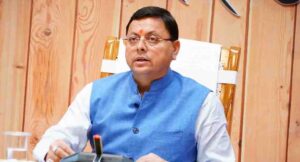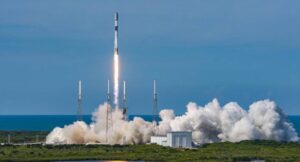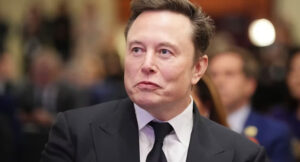As India waits for the final draft of its first space law and guidelines for foreign direct investment (FDI) in the space sector, homegrown space startups remain in line to grab larger pieces of the incoming businesses and investments.
Stakeholders of the industry that Mint spoke with, requesting anonymity, said a formalization of India’s operating procedures for space project procurement, coupled with on-paper confirmation of how foreign investors can approach the government for large investments in India in space, can open up a multi-billion-dollar opportunity for the sector, which seeks to quadruple its net annual revenue within eight years.
“There is a lot of scope for India to create demand in the domestic space industry internally itself. To do that, a formalized procedure is crucial, which the first space law will help establish. This is a potential setback to the industry, which right now is in a waiting phase of over two years for a formalized set of laws and rules to truly take off,” a senior executive of one of India’s top space startups said, requesting anonymity since they work closely with the Union government.
Work, to be sure, is underway. In November, Pawan Goenka, chairman of the Department of Space’s regulatory and promotion body, the Indian National Space Promotion and Authorization Centre (In-Space), told Mint that the first draft of India’s first space law was “almost ready”—with the timeline then being pitched for March this year.
On Monday, Goenka said the law is in its final stages, and it will give In-Space formal regulatory powers to represent the domestic space sector. In the long run, the law will enable In-Space to take up tenders for private space startups and play a larger formal role in helping the firms take up global orders.
Law coming soon
“The FDI rules are soon to be approved in the coming months. Right now, beyond the automatic FDI route, government approvals for space funding rounds will become much easier when the foreign funding guidelines come in. This will help the domestic space sector attract up to $2.5 billion in foreign investments within the next eight years,” Goenka said.
The move is key for India and the growth of its private space industry. In October 2023, Goenka said the domestic space sector can grow to $44 billion in annual revenue within 10 years. On Monday, he estimated that the industry is roughly worth $10 billion—indicating a growth of 7% annually since the Department of Space assessed it to be worth $8 billion in 2022.
For India to scale the space industry up to $44 billion by 2033, it would need an annualized growth of 21%—a growth that’s currently absent in the industry.
On Monday, Mint reported that India’s largest space sector funding rounds have been driven by foreign investors—including Pixxel and Skyroot Aerospace, which have each raised $95 million in venture capital funding to date. While none have published their valuations so far, two senior space officials said the top firms are worth $250-500 million today.
As a result, the space law and the FDI rules would be crucial for more startups to raise funding at scale.
“Space is a capital-intensive sector, which makes the need for a concerted push even more important. What India needs is to either not follow the American way of doing business and create its own internal ecosystem, or enable rules that will let businesses chase large funding rounds and procure foreign business demand at will,” said Chaitanya Giri, space fellow at global think tank Observer Research Foundation.
Looking outwards
Narayan Prasad Nagendra, chief operating officer of Dutch space services vendor Satsearch, added that a lack of commercial space demand is creating a conflicted business environment for space startups. “With a lack of formalized space laws and rules, Indian space startups are going abroad chasing business opportunities. But, looking for space contracts in mature markets is like attempting to innovate in a saturated market where there are already a hundred competitors. This gives India’s businesses a downright limbo, and bringing in formal paperwork in space laws and rules would give less impetus than India’s space promoter actually creating business opportunities from internal markets,” he said.
Nagendra added that with most space economies being closed markets, a key part of the space laws and rules would be to create a clear regulatory environment that would offer a clear diktat for ministry bodies to become clients and generate internal space demand.
“There is some concerted push for the space sector to play a larger role in defence surveillance and reconnaissance, which may create a spurt of demand for satellite and infrastructure manufacturers in the space sector. But this needs to happen more regularly,” he added.
Goenka, on this note, added that In-Space is creating a framework through which specific sectors will be mandated to approach space startups and procure their services in fields such as agriculture, urban planning, disaster management and more.
For now, though, demand remains low. Firms such as Pixxel and Digantara are serving contracts generated by the US’ central space agency, the National Aeronautics and Space Administration (Nasa), while the likes of Skyroot Aerospace and Agnikul Cosmos are yet to hit a regularized rhythm of space launches with their small rockets. LiveMint









